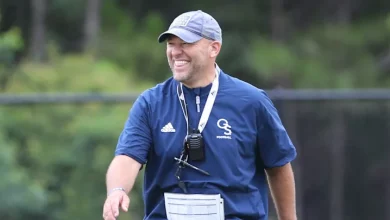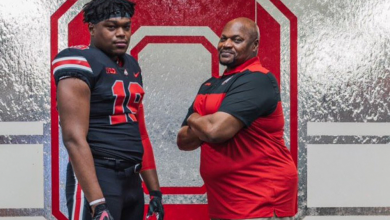Joe Flacco reminisces to when the NFL used to run two-a-days

Joe Flacco, the seasoned veteran quarterback, has often reflected on the evolution of NFL training camps, particularly the shift away from the grueling two-a-day practices that were once commonplace. In interviews and discussions over the years, Flacco has expressed his views on how these changes have impacted player preparation and the overall dynamics of training camps.
In a 2011 interview with Philadelphia radio station 97.5 The Fanatic, Flacco discussed the modern approach to training camps, noting that players now maintain their conditioning year-round. He remarked that the extended training camps of the past, including two-a-day practices, were primarily designed to get players into shape. However, with the advancements in offseason training and conditioning, players no longer require such intensive sessions to prepare for the season. Instead, Flacco emphasized that the current focus during training camps is on sharpening skills and integrating new plays into the team’s system.
Flacco’s perspective aligns with broader trends in the NFL, where the emphasis has shifted from sheer physical endurance to strategic preparation and injury prevention. The league has implemented rules to limit the number of full-contact practices during training camps, aiming to reduce the risk of injuries and ensure players are in peak condition for the regular season.
Reflecting on his own experiences, Flacco has acknowledged the challenges posed by the rigorous training camps of earlier years. He has shared anecdotes about the demanding nature of two-a-day practices, highlighting the physical and mental toughness required to endure such schedules. These experiences have shaped his approach to the game, instilling a deep appreciation for the evolution of training methods and the importance of player well-being.
Joe Flacco’s reflections on the transition from traditional two-a-day practices to more modern training camp structures underscore the NFL’s ongoing efforts to balance rigorous preparation with player health and safety. His insights provide a glimpse into the changing landscape of professional football and the continuous adaptation of training practices to meet the needs of today’s athletes.









